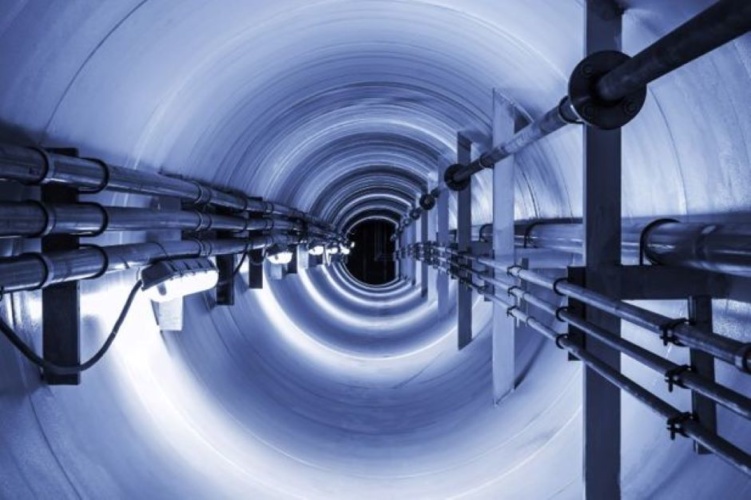Quantum gravity gradiometer makes first find outside lab
A quantum gravity gradiometer has been demonstrated outside the lab for the first time, an advance that could reduce construction costs and delays, predict volcanic eruptions, and discover hidden natural resources.

Birmingham University researchers from the UK National Quantum Technology Hub in Sensors and Timing have reported their achievement in Nature.
The quantum gravity gradiometer, developed under contract for the Ministry of Defence and in the UKRI-funded Gravity Pioneer project, was used to find a tunnel buried outdoors one metre below the ground surface.
In use, the quantum gravity sensor measures subtle changes in the pulling strength of gravitational fields when a cloud of atoms is dropped.
Professor Kai Bongs, head of Cold Atom Physics at Birmingham University and Principal Investigator of the UK Quantum Technology Hub Sensors and Timing, explained that atoms are put into a quantum superposition of traveling along two different trajectories simultaneously and the respective matter wave phases are allowed to interfere at the end.
This gives rise to a phase-depended imbalance between the number of atoms in one quantum state and the number of atoms in another quantum state.
Register now to continue reading
Thanks for visiting The Engineer. You’ve now reached your monthly limit of news stories. Register for free to unlock unlimited access to all of our news coverage, as well as premium content including opinion, in-depth features and special reports.
Benefits of registering
-
In-depth insights and coverage of key emerging trends
-
Unrestricted access to special reports throughout the year
-
Daily technology news delivered straight to your inbox










Water Sector Talent Exodus Could Cripple The Sector
Well let´s do a little experiment. My last (10.4.25) half-yearly water/waste water bill from Severn Trent was £98.29. How much does not-for-profit Dŵr...